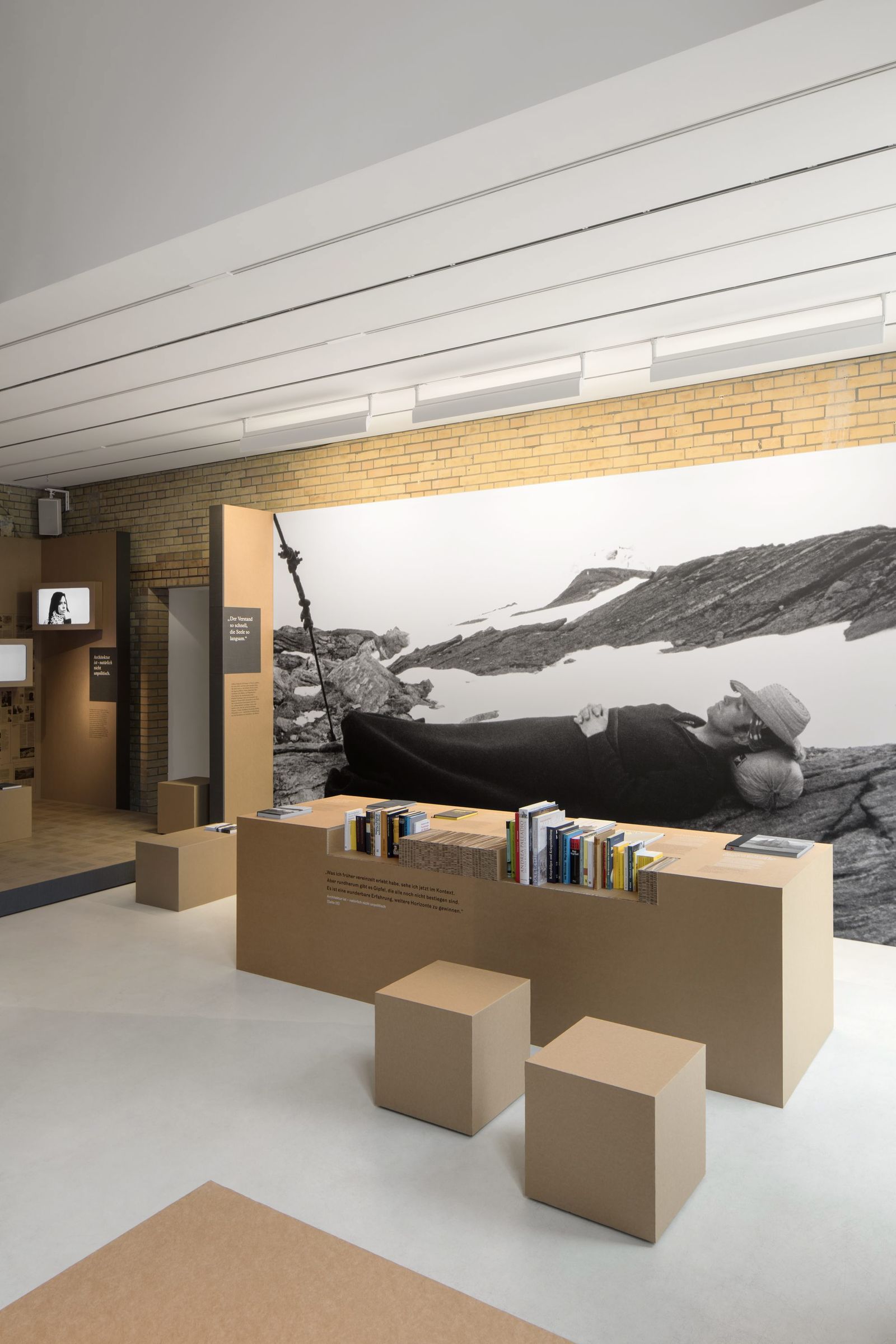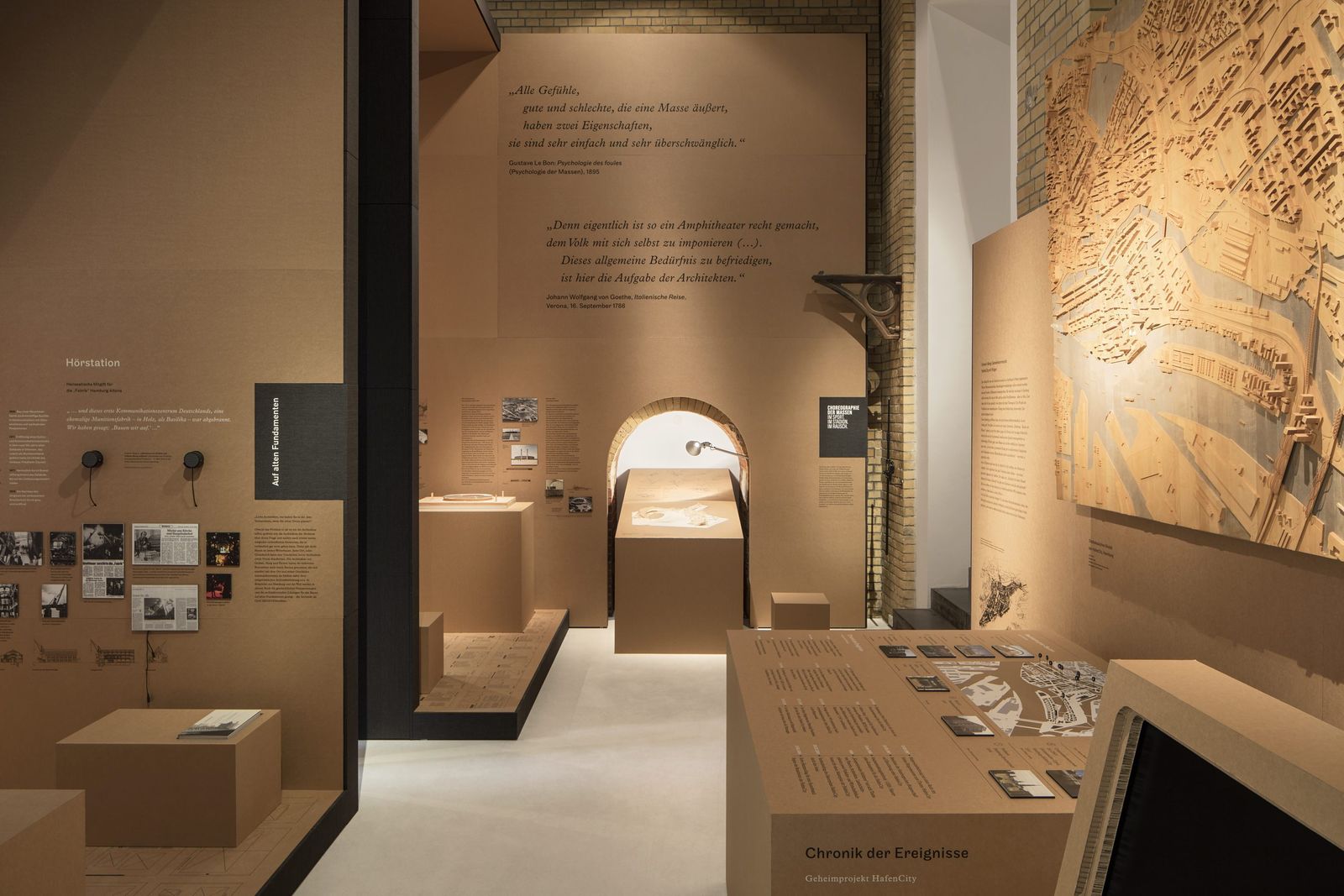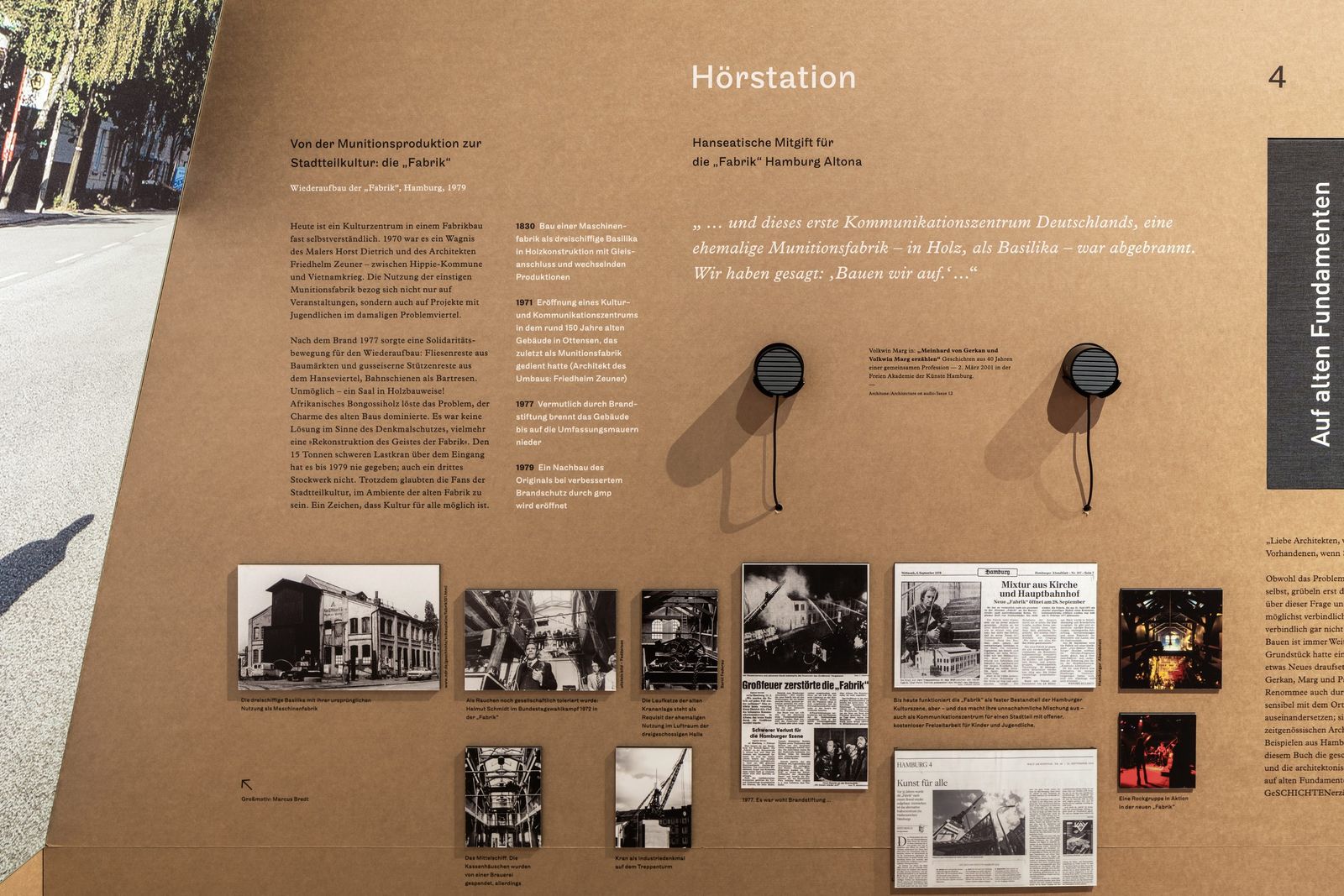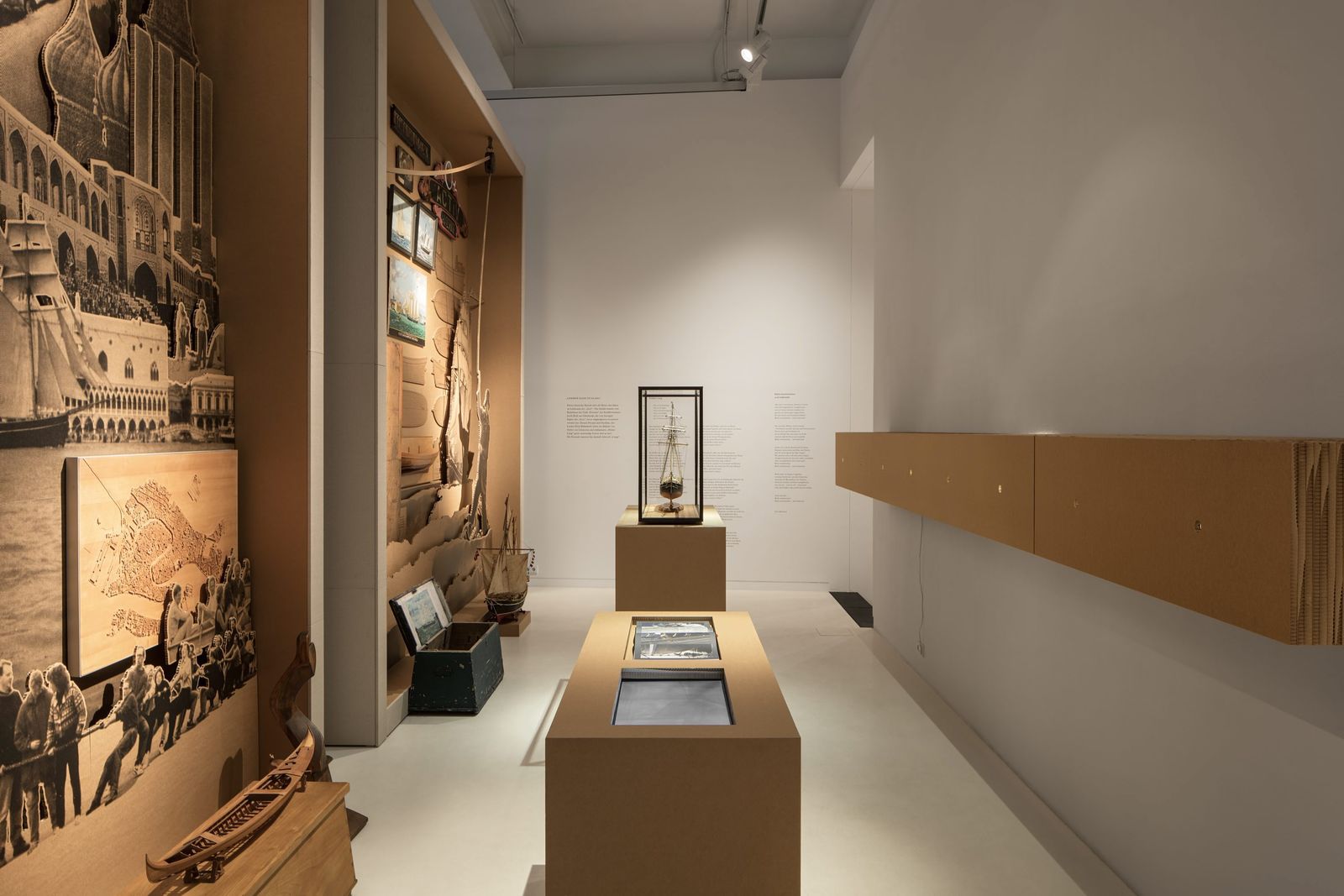展览 UMBAU·改建,不间断转变 // 2025/4/10 - 5/5 - 久事艺术沙龙
福尔克温·玛格:建筑师的世界
柏林建筑论坛(AEDES)年度展览
Of the occasion of the 80th birthday of the architect Volkwin Marg, the Aedes Architecture Forum in Berlin is staging an anniversary exhibition. From 22 October to 1 December, this multi-faceted presentation will tell the story of one of the founders of the architects’ practice, von Gerkan, Marg and Partners (gmp); animated images, printed material, and publications, presented from two different points of view, tell the tale of an extraordinary personality and the historical and cultural milestones of his life.
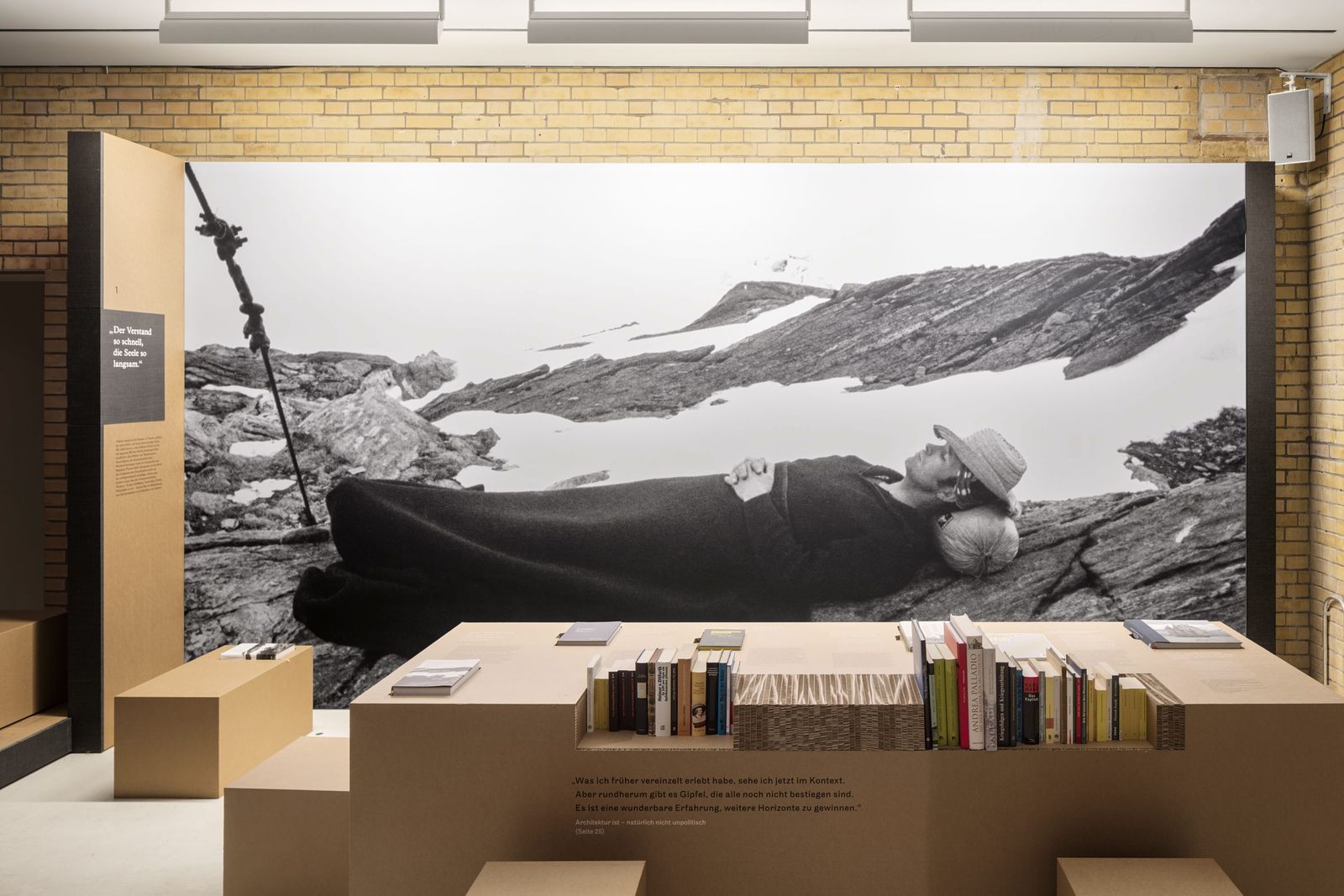
The fundamental narrative of the exhibition focuses on a multi-faceted exploration of Volkwin Marg’s oeuvre. Marg’s own writing is represented not only in excerpts from his latest collection of interviews, “The mind so quick, the soul so slow”, which was published 80th the 15th of October, but also by six other book publications, which serve to paint the rich background of the protagonist’s personality: “Architecture is of course not apolitical”, “Choreography of the Masses” and “On Old Foundations”, as well as the new publication “HafenCity – Secret Project”, and the documentation “Activ – The story of a three-mast topgallant sail schooner”.
Draped in architectural cloaks of different designs, two rooms emphasize the duality that is characteristic of Volkwin Marg’s story: the "rational" and the "emotional" occupy complementary positions with numerous diverging accents and references that highlight the many layers of his oeuvre. The architect’s world of ideas – the rational approach – opens the discussion in the first room, whilst emotional expanse and freedom is the subject of the second exhibition area. Whereas, in the first room, pragmatism is documented in images and films as well as in lectures, essays, interviews, and manifestos, the second room comes to life with large projections and exhibits that reflect Marg’s world between heaven and earth. Thus the anniversary exhibition focuses on the perspective of an architect who, during his journey, was keenly aware of cultural and political influences and declared them the critical basis of his creations, resulting in an interdisciplinary approach to architecture.
